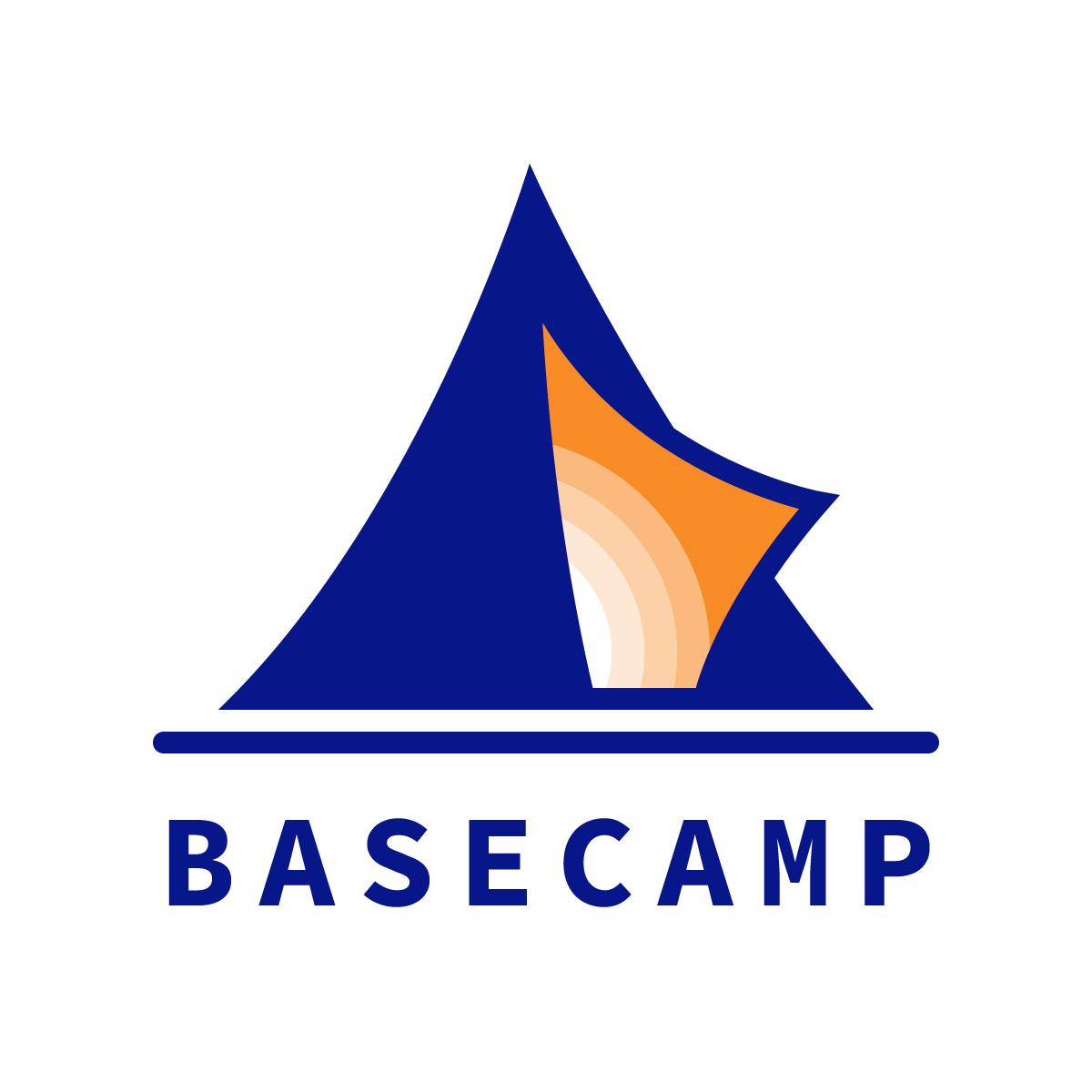Future of Learning Top Reads for week of Aug 31 2020
“Lesson 1 of 4 from a Virtual Expedition,” by Christian Talbot, on the Ed:Future blog
“Some things remained the same—students still identified a social impact problem they cared about, then used design thinking and lean startup methods to prototype solutions.
“Some things were similar, but enhanced—the CEO panel, for example, took place over Zoom, which allowed us to include panelists and audience members who otherwise could not have attended in physical presence.
“And some things were brand new—college credit in social entrepreneurship from Immaculata University; physical packages mailed to each student’s home in advance of the Expedition; and more.”
Why does this matter to the future of learning?
Know a high school student, gap year student, or first year college student who might want to earn college credit for learning how to design solutions to the world’s most urgent and important social problems?
Encourage them to apply for a spot in the October Expedition.
Because the future of learning needs to create the conditions for learners to figure out:
Who am I?
Who are we?
What matters to us?
What are we going to do about it?
***
“The Secrets of Elite College Admissions,” by Jeff Selingo, in the Wall Street Journal
“From the outside, how top-ranked schools rate applicants seems precise enough to land someone on the moon. When you’re a high-school senior (or the parent of one), it feels like another 10 points on the SAT or one extra AP course can tip the scales. What I found, however, by spending the 2018-19 academic year embedded in the admissions offices at Davidson College, Emory University and the University of Washington, and by interviewing dozens of admissions officers at other schools, is that everything is much more ambiguous.”
Why does this matter to the future of learning?
Not only is “everything much more ambiguous”; in certain cases, it’s downright arbitrary.
Elite brands manufacture scarcity, but lack a coherent way of shaping what they end up with. For more on the topic, sign up to receive the “Unspeakables Project” from Leadership+Design—their December focus will be brand name schools.
This WSJ essay is excerpted from Selingo’s soon-to-be-released book, Who Gets In & Why: A Year Inside College Admissions.
His previous book, There Is Life After College, is a must read for school leaders (and parents of pre-college age children).
***
“College Is Everywhere Now,” by Taylor Lorenz, in the New York Times
“As the fall semester begins, many college students will be attending classes from the relative safety of their family homes. Others have arrived to live on university campuses, with varying amounts of success; even schools that enforce strict social distancing guidelines are seeing outbreaks of the coronavirus.
“But some students are pursuing a third option: Renting giant houses with friends — sometimes in far-flung locales — and doing school remotely, together. Call it the rise of the college ‘collab house.’ […]
“Mr. Altman-Shafer’s house remains unbranded, but other groups of students have named their college houses and made them social media official, creating shared accounts where they plan to post about their lives together.”
Why does this matter to the future of learning?
Near the top of design thinking’s useful lessons is the imperative to define needs as verbs and solutions as nouns.
So what do students need to do?
They need to live in community.
They need to learn socially.
They need to exercise independence from adults.
When there is a global pandemic and your college has closed campus, what’s the solution?
“Collab houses.”
What about private K12 schools? I once worked with someone who said that people buy an independent school education to ensure their child’s lifelong access to a network of affluent and influential peers.
In the age of COVID-19, is that more true or less true?
***
Thank you for reading this post from Basecamp's blog, Ed:Future. Do you know someone who would find the Ed:Future blog worthwhile reading? Please let them know that they can subscribe here.

